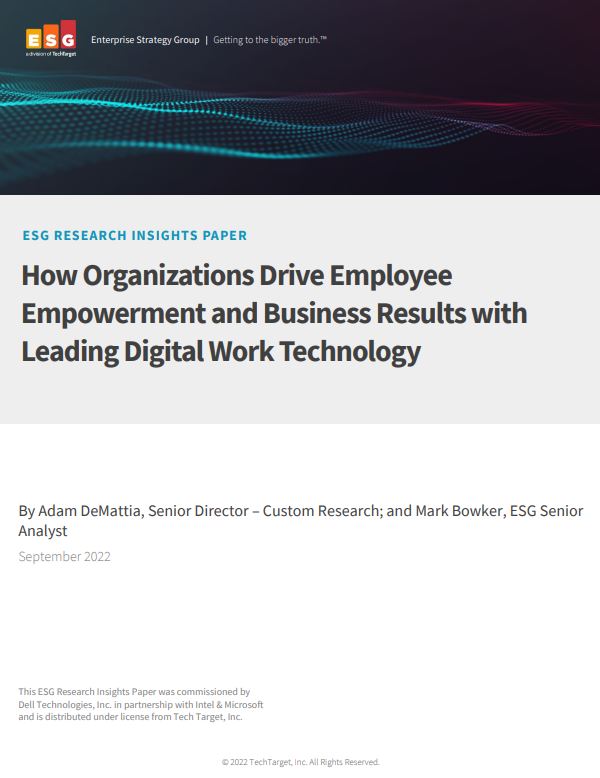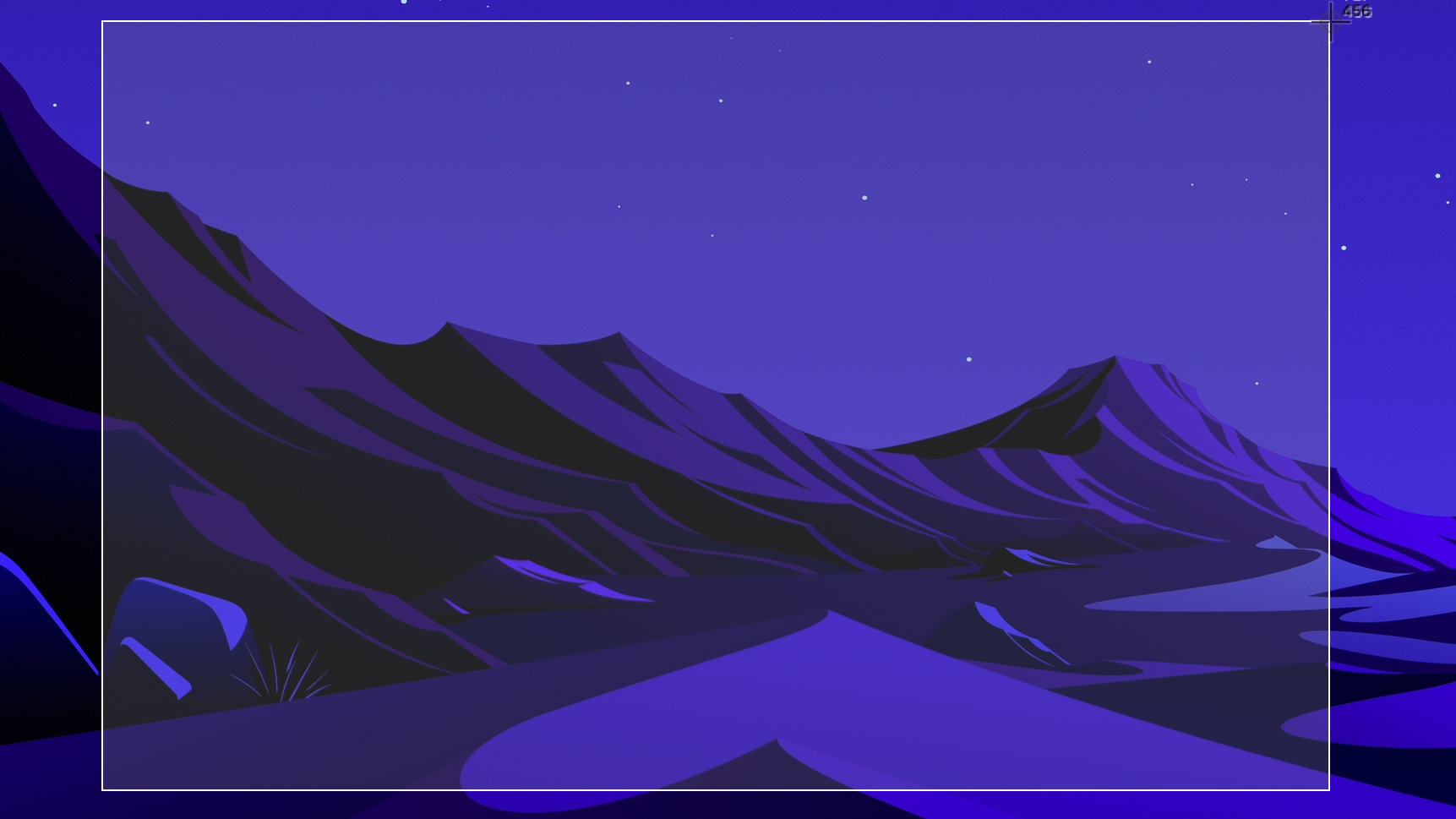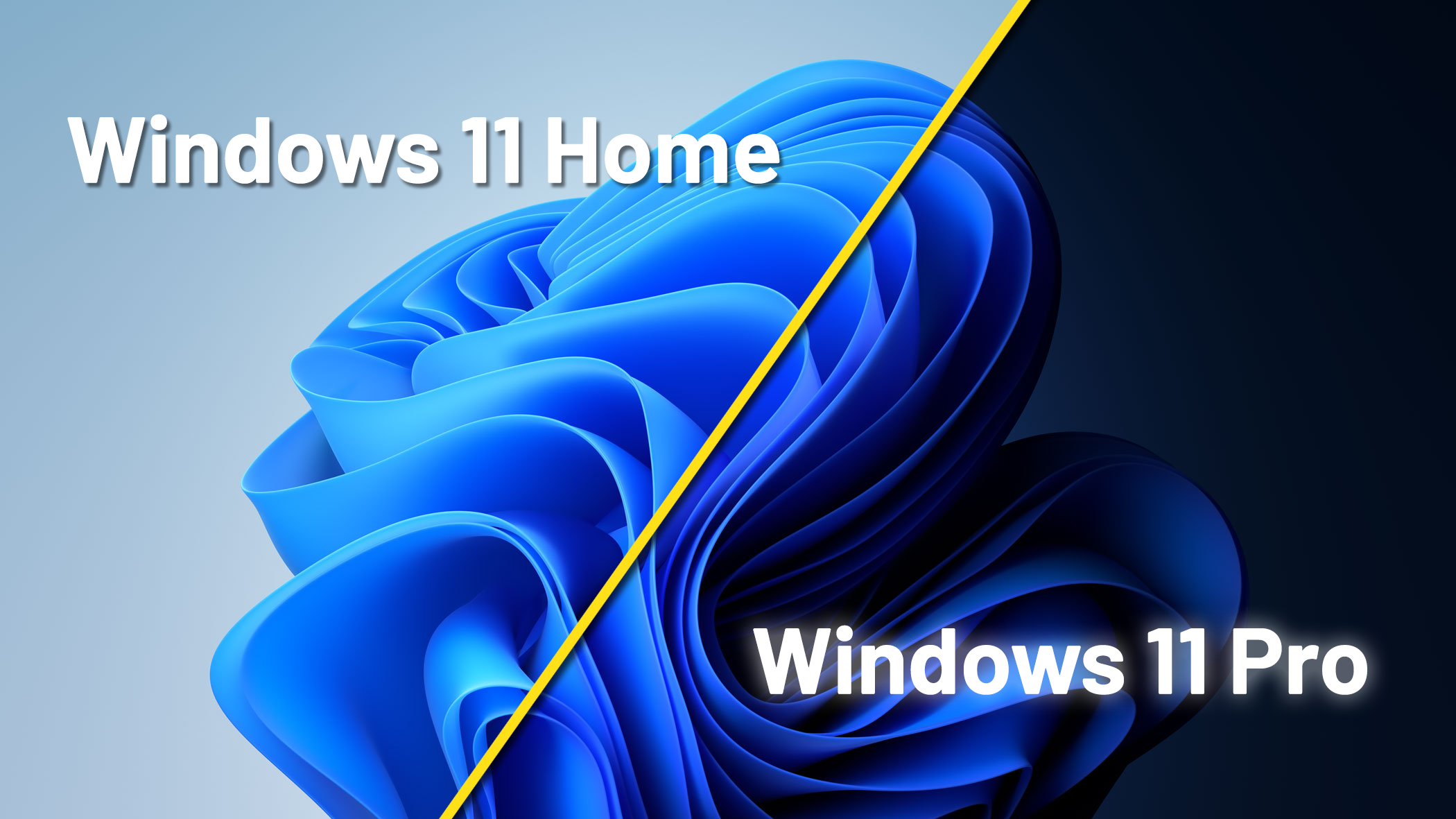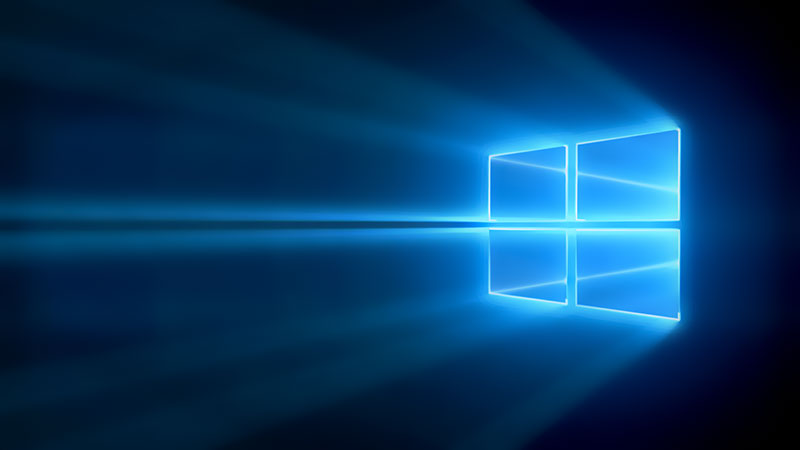Microsoft Windows is 30 today!
We look back at 30 years of the Windows operating system


Turn the page for a more detailed breakdown of the different versions of Windows...
Windows 1.0
Windows 1.0 was the first ever release of the operating system and required a minimum of 256 kilobytes (KB), two double-sided floppy disk drives, and a graphics adapter card. A hard disk and 512 KB memory was recommended for running multiple programs or when using DOS 3.0 or higher.
Windows 2.0
This OS was second release of the Windows environment for MS-DOS and launched on 9 December 1987. Unlike its predecessor, windows could be overlapped and here were more sophisticated keyboard shortcuts. Iconise and Zoom were replaced by Minimise and Maximise. It also sported VGA graphics (16 colours only). It was succeeded by Windows 2.1 in 1988.
Windows 3.0
Launched in May 1990, Windows 3.0 became the first widely successful version of Windows. The user interface got a significant revamp and there was better use of memory management capabilities of Intel's 286 and 386 chips. Here we saw the Executive file manager split into the icon-based Program Manager and the list-based File Manager. This was followed by Windows 3.0a (with multimedia support) in October 1991, then Windows 3.1 in April 1992, which sold more than one million copies in its first two months of release. Microsoft Windows 3.11, an update to Windows 3.1, was released 31 December, 1993.
Microsoft Windows NT 3.1
The first of the NT family of operating systems (which would go on to form the backbone of Windows from XP onwards) was released on 27 July 1993. This was designed from scratch and originally intended to be a rewrite of the OS/2 operating system that Microsoft had co-developed with IBM. The 32-bit OS's success was limited at the time due in part to its system requirements and a lack of applications using the architecture.
Microsoft Windows NT 3.5
On 21 September 1994 came the second release of Windows NT. The aim of this was to boost the OS' performance (it was called Project Daytona after the speedway event). This version included integrated TCP/IP and Winsock support as well as Object Linking and Embedding (OLE). It also came in two versions: NT Workstation and NT Server. Windows NT 3.5 came in 1995.
Sign up today and you will receive a free copy of our Future Focus 2025 report - the leading guidance on AI, cybersecurity and other IT challenges as per 700+ senior executives
Windows 95
Released on 24 August 1995, this version of the operating system was launched to the sound of the Rolling Stones (Start Me Up) to herald the Start Button feature (which would survive until Windows 7). Such was the success of the OS, it would drive other operating systems out of business (this would later be used in court against the firm).
Windows 98
Windows 98 built on the success of Windows 95 and, like its predecessor, was a hybrid 16-bit/32-bit OS. It was released to manufacturing on 15 May, 1998 and to retail on 25 June, 1998. It was succeeded by Windows 98 Second Edition on 5 May, 1999.
Windows ME
Launched on 14 September 2000, Windows ME would mark a dud note in Microsoft's OS journey. A PC World article dubbed the OS the "Worst Tech Product of All Time" with users reporting problems installing and running it. It had a short shelf life of about a year. This was also to be the last DOS-based version of the OS.
Windows 2000
The next phase of the NT, Windows 2000, was released on 17 February 2000. Marketed as the most secure version of Windows, it soon became the target of high-profile virus attacks.
Windows XP
Released on 25 October 2001, Windows XP was a continuation of Windows NT but aimed at both home and business users The OS had another facelift, injecting colour into that task bar. There were also performance improvements over ME. Around 400 million copies of Windows XP were sold globally within its first five years. It was also to be Microsoft's longest-running OS despite subsequent releases.
Windows Vista
Another misstep for Microsoft, Vista was unveiled in late 2006. While new features and better security over bug-prone XP were received positively, its high system requirements were the subject of negative press. Anti-piracy features such as DRM, which restricted the copying of digital media, was also ill-received. Ultimately, Windows Vista never achieved the success of XP.
Windows 7
After the Vista debacle, Windows 7 was hastily bought out in July 2009. It had many performance improvements on the Windows Aero user interface that Vista had brought in. User Account Control was made less intrusive and the task bar more intuitive. The critics loved it.
Windows 8
In response to the growing popularity of Android tablets and the iPad, Microsoft brought out Windows 8 on 26 October 2012. The new user interface (dubbed Modern, nee Metro UI) underwent a radical revision with tiles and no start button. This was to make the OS touch optimised. However, users hated the lack of a start button and Modern so much, they ended up downloading Start button replacements that booted into the desktop instead. The Start button was (kind of) brought back with Windows 8.1 a year later. This, for some users though was too little, too late.
Windows 10
Bringing us to the present day, Windows 10 was released in July 2015. It brought back a proper Start button (albeit with some tiles) and a "universal application architecture, which is supposed to run apps on PCs, tablets and smartphones. It was also the first OS to be given away for nothing to select users. Microsoft said this version would be the last but would receive continual updates. It also is aiming to have the OS installed on one billion devices within three years.
| Windows 8 | |
| 26 October 2012 | Windows RT |
| 18 October 2013 | Windows 8.1 |
| 18 October 2013 | Windows RT 8.1 |
| 29 July 2015 | Windows 10 |
Rene Millman is a freelance writer and broadcaster who covers cybersecurity, AI, IoT, and the cloud. He also works as a contributing analyst at GigaOm and has previously worked as an analyst for Gartner covering the infrastructure market. He has made numerous television appearances to give his views and expertise on technology trends and companies that affect and shape our lives. You can follow Rene Millman on Twitter.
-
 Podcast Transcript: Are reasoning models fundamentally flawed?
Podcast Transcript: Are reasoning models fundamentally flawed?ITPro Podcast A report from Apple has cast significant doubts on the efficacy of reasoning models, going as far as to suggest that when a problem is too complex, they simply give up
-
 Are reasoning models fundamentally flawed?
Are reasoning models fundamentally flawed?ITPro Podcast A report from Apple has cast significant doubts on the efficacy of reasoning models, going as far as to suggest that when a problem is too complex, they simply give up
-
 Windows 11 tips and tricks for IT professionals
Windows 11 tips and tricks for IT professionalsIn-depth Like many systems, Windows 11 has a slate of hidden tips and tricks for users looking to ramp up productivity
-
 How organisations drive employee empowerment and business results with leading digital technology
How organisations drive employee empowerment and business results with leading digital technologyWhitepaper What you can achieve with a leading approach to digital work
-
 How to add a printer to macOS
How to add a printer to macOSTutorials Everything you need to know about connecting a printer to an Apple computer via cable, Wi-Fi or IP address
-
 How to make a printer shortcut in Windows 10
How to make a printer shortcut in Windows 10In-depth Quickly checking printer settings and the print tray just got a bit easier with these simple steps
-
 How to take a screenshot on MacOS
How to take a screenshot on MacOSTutorials We run you through the various ways to take a screenshot on MacOS, including how to capture tricky areas like the menu and touch bars
-
 How to choose APM software for your business
How to choose APM software for your businessWhitepaper A market guide to Asset Management Performance software
-
 Windows 11 Home vs Pro: What's the difference for business users?
Windows 11 Home vs Pro: What's the difference for business users?Vs A comparison of the various features and tools available across Windows 11's Home and Pro versions
-
 Windows 10 Pro vs Home vs Enterprise: Which is best for your business?
Windows 10 Pro vs Home vs Enterprise: Which is best for your business?Vs A guide to the various features available across each iteration of Microsoft's most popular operating system
